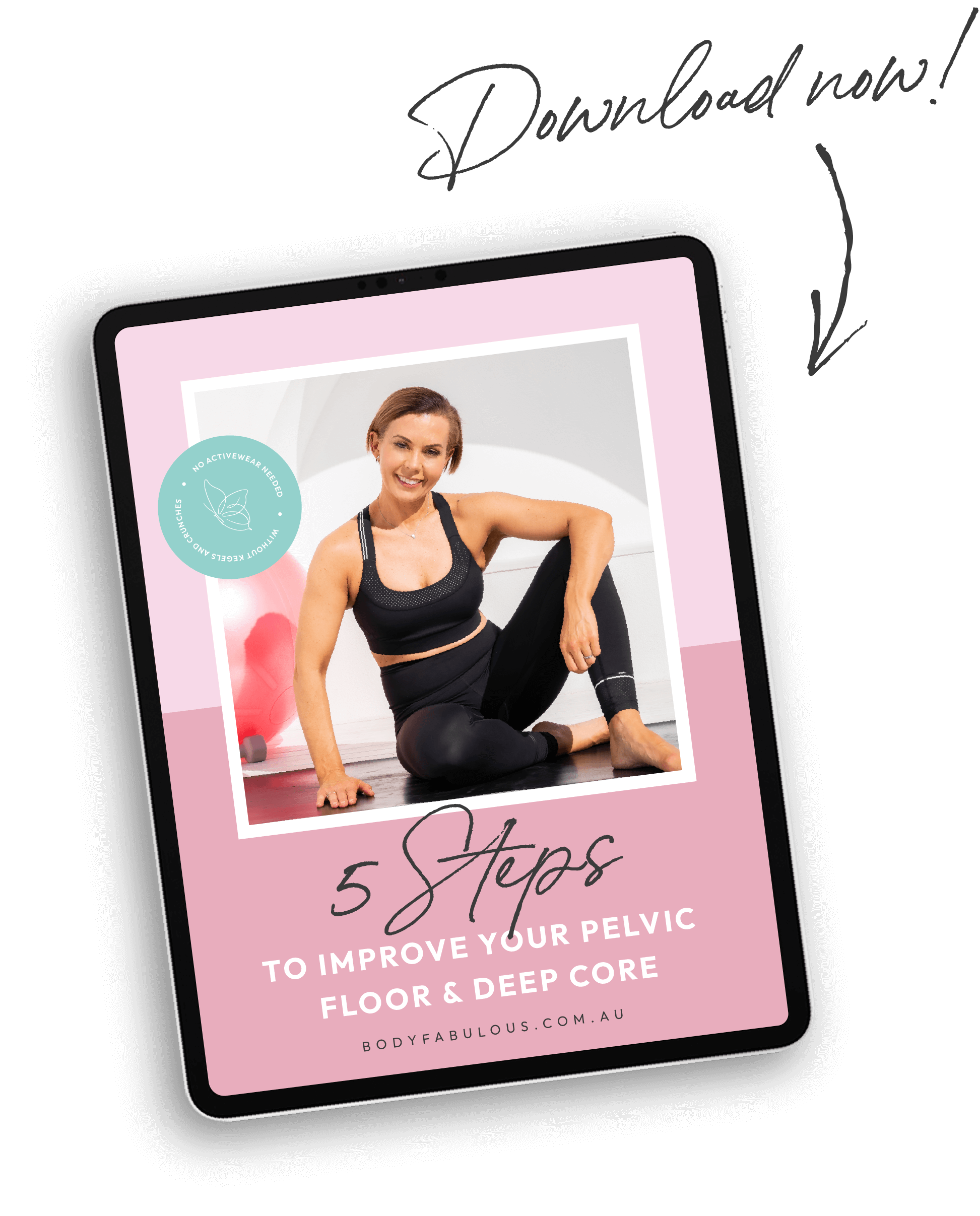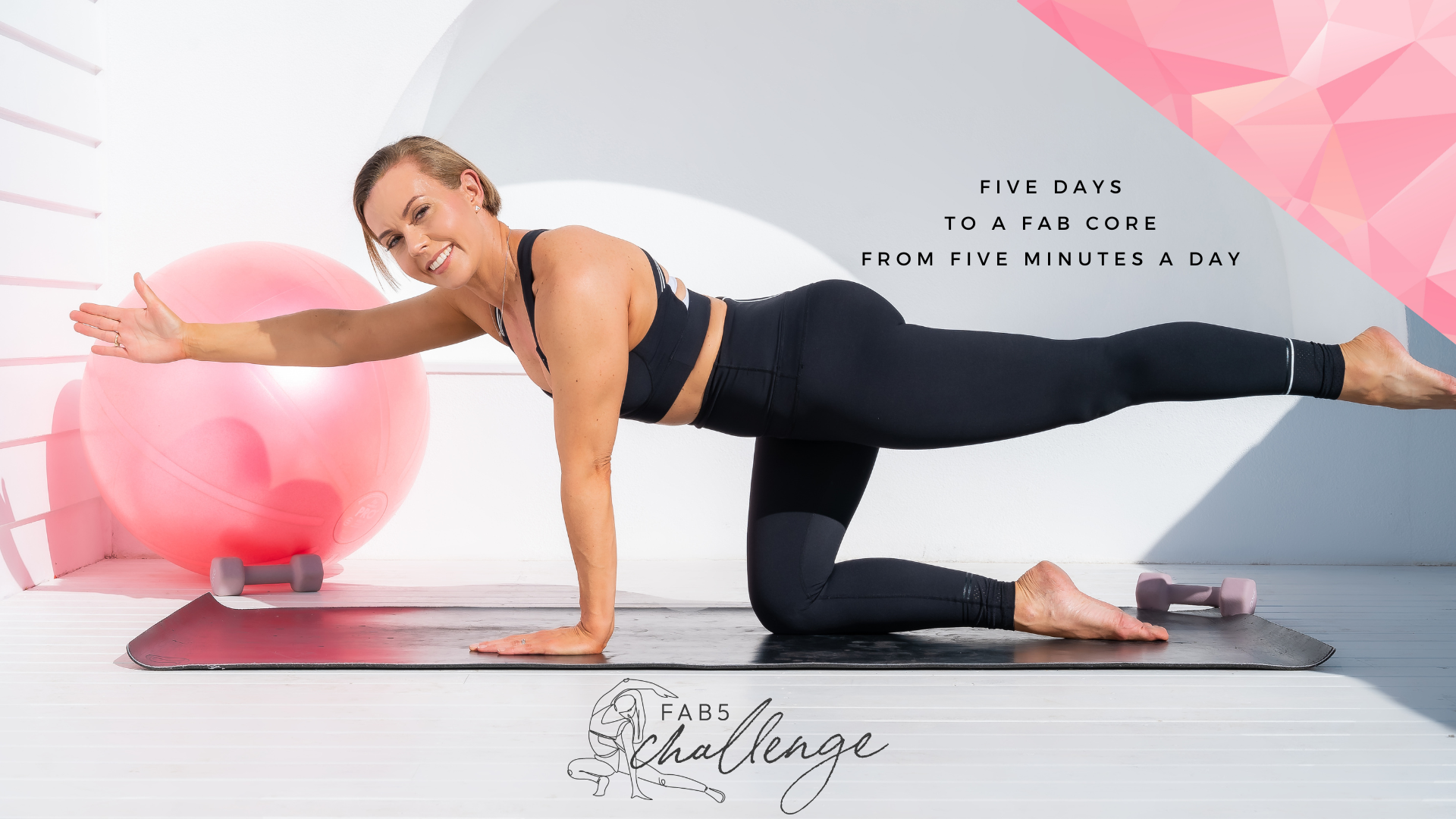The importance of fascia during and after pregnancy …and exactly what is it ? Fascia is basically collagen as it makes up the fibrous parts of the fascia. This is the soft, connective tissue that runs all throughout your body including around your organs, nerves, muscles, through your abdominal wall, and more!
Fascia sometimes thought of as …
“The Soft Skeleton of the Human Body” Andry Vlemming. As fascia is made up of collagen, you can consider collagen as the glue that keeps everything together in your body. Fascia can get stiff when you sit too long, have poor posture or if you are not moving enough. Good news – you can improve the function and quality of the fascia in your body. With safe and effective movement and nutrition. Let’s find out why this is particularly important when your body goes through major changes during pregnancy & recovery !
Fascia can be improved in your body with the following
- Postural alignment
- Nutrition; by feeding your body collagen & vitamin c rich foods. Grab my complimentary Nutrition Guide here
- Mindful movement – being conscious of not just how you move your muscles but how your posture, breath & even organs are involved in moving too ! Watch this pregnancy postpartum workout video
- Want to see how this fascia connection works (to improve your core and pelvic floor) in as little as 5 minutes a day. Hit the image below.
One area of your body where fascia is really important – pelvic floor
The PELVIC FLOOR …as this is more than just muscles. There’s no question that this system of muscles, ligaments, nerves and connective tissues is crucial. It supports the bladder, uterus, vagina and rectum and helps them work well. Millions of women worldwide have pelvic floor problems like incontinence and prolapse. Pelvic organ prolapse is a stretch or tear through the fascia that supports these organs, and can occur due to the added weight during pregnancy or from the childbirth.Learning how to effectively connect and activate this group of deep muscles is important during pregnancy, post birth and for life !
Connecting to your body – neuroplasticity
During pregnancy and postpartum it is challenging to connect / activate our deeper muscles such as our pelvic floor your neural pathway is challenged. This means your brain struggles to effectively activate or connect to these deep muscles as there is baby in the way or there has been some trauma to the muscles and connective tissue (fascia) due to child birth.
Move better, smarter and stronger !
To heal and activate your pelvic floor requires, slowing down and bringing awareness to your daily movement ! To create effective awareness start to your movement a visualization is a wonderful tool. One I love to use is the “blueberry” analogy for pelvic floor activation. This is an excellent way to avoid over activating your pelvic floor (which often happens during kegels or trying to stop the flow of urine) and can lead to a hypertonic pelvic floor. Instead it allows a deep effective connection to your pelvic floor with both movement and breath.
Activate your pelvic floor fascia with movement, breath and visualisation
- Ensure your shoulders are positioned over your ribs and feet flat on the floor.
- Take a deep breath in and as you exhale I want you to feel like you are internally and very gently picking up a blueberry with your pelvic floor. Then as you inhale slowly release the blueberry.
I know it may seem weird..but with practice it works !
I use the blueberry analogy as you don’t want to squash it (or over-activate / grip your pelvic floor). This is a very gentle and effective way to reactivate your pelvic floor. BOTH PHYSICALLY AND MENTALLY. Your pelvic floor is the foundation of your core so this muscle needs to function correctly (dysfunction comes if it is too tight or you try to clench). If your pelvic floor heals effectively you will also find your diastasis recti (ab separation) heals much better too.
Learn here why excessive KEGELS may not be optimal for your pelvic floor
SHOULD I DO KEGELS?
Using a visualisation is also very helpful as we are trying to re-connect the neural pathways from your brain to this deep muscle group. This is all part of you healing is about creating neuroplasticity.
In Summary : Fascia, movement and the pelvic floor muscle
When it comes to supporting your body during & after pregnancy it is a multi-layered approach that is needed ! As both fascia & muscles work together & we want this to be optimal, to ensure a healthy pregnancy, positive birth and better recovery. Start with training your body safely and effectively. Rethink how you train & what your body needs ! My freebie core training guide is a wonderful place to start. Getting educated and empowered, then combining this with simple, safe & effective movements can achieve this. This is what makes you BodyFabulous and is what I am passionate about

Grab my FREE Core Training Guide and start to tune in to learn the importance of recognizing effective movement and how it will benefit your total body function – during all stages of motherhood !

About Dahlas
Dahlas Fletcher is one of Australia’s most respected and successful certified and experienced Pregnancy and Female Fitness Trainers. Her goal is to help you be the happiest, most fabulous version of yourself, inside and out.



